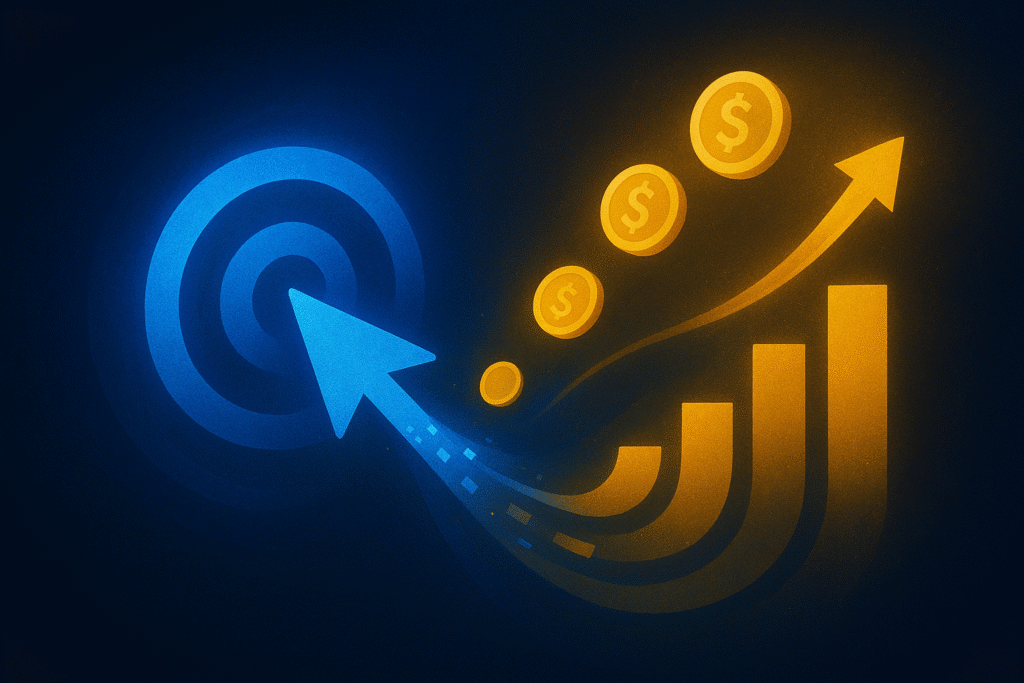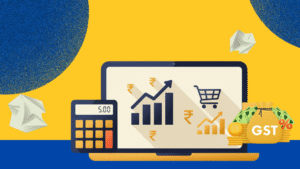Are you burning cash on PPC ads without seeing the results you expected?
Running PPC campaigns without an optimized budget is like pouring water into a leaking bucket the money disappears, but conversions don’t grow.
Fact: A well-optimized PPC campaign can increase ROI by 200% while cutting ad costs significantly.
Let’s dive into 10 expert-backed strategies to ensure every rupee spent brings maximum returns!
Start with Clear Goals
Before you spend a single rupee, ask yourself:
- What’s my primary goal? (Leads, sales, brand awareness?)
- What’s my ideal cost-per-acquisition (CPA)?
- Who is my target audience?
Why It Works: Setting clear goals helps you allocate budgets effectively. A lead-gen campaign requires a different budget than an awareness campaign.
Example: A real estate company aiming for high-value leads will allocate more budget to conversion-focused search ads than display ads.
Focus on High-Performing Keywords
Not all keywords are worth your ad budget!
Identify & prioritize high-converting keywords
Use long-tail keywords (cheaper, more specific)
Remove low-performing or broad-match keywords
Why It Works:
High-intent keywords convert better & cost less than generic ones.
Example: “Best running shoes for marathon training” will cost less & convert better than “shoes.”
Pro Tip: Use Google Ads Keyword Planner to find cost-effective, high-ROI keywords!
Leverage Bid Adjustments for Smart Spending
Not all clicks are equal sometimes, devices, or locations convert better than others.
Increase bids on high-converting time slots
Lower bids for low-performance devices or locations
Example: An e-commerce brand raises bids at 7-10 PM when people are most likely to shop online.
Pro Tip: Use AI-driven bid adjustments in Google Ads to automate smart bidding.
Utilize Ad Scheduling
Your ads don’t need to run 24/7!
Identify peak hours when customers actively search
Disable ads during non-productive hours
Increase bids during high-converting periods
Example: A travel agency reduces ad spend from 12 AM – 6 AM when searches drop.
Pro Tip: Use Google Ads Hourly Reports to identify your best ad timings.
Improve Ad Quality Score
Google rewards high-quality ads with:
Lower cost-per-click (CPC)
Higher ad ranking
Better click-through rates (CTR)
Optimize ad copy with engaging, keyword-rich content
Use relevant landing pages that match the ad intent
Improve mobile-friendliness for better conversions
Example: An online coaching business increases Quality Score from 5 to 9, reducing CPC by 30%!
Pro Tip: Use A/B testing to continuously improve ad copy & landing pages.
Exclude Wasted Clicks with Negative Keywords
Negative keywords save you from spending on irrelevant clicks.
Add negative keywords to filter out low-intent traffic
Regularly analyze search terms reports
Optimize for buyer intent
Example: A premium wedding photography service excludes keywords like “free wedding photographer.”
Pro Tip: Regularly update negative keyword lists to avoid wasting budget.
Retargeting: Get More Conversions at a Lower Cost
Retargeting ads cost 50% less than cold audience ads.
Show ads to users who visited but didn’t convert
Retarget people who abandoned carts or browsed products
Use personalized dynamic ads for better engagement
Example: Myntra retargets users with discount ads on previously viewed shoes.
Pro Tip: Retargeting ads have 10x higher CTR than normal display ads!
Optimize Landing Pages for Higher Conversions
Even great ads fail if the landing page is weak!
Ensure fast-loading pages (Google ranks slow pages lower)
Use strong CTAs (Call to Action) to drive action
Keep the page relevant to the ad copy
Example: An insurance company increased conversions by 40% by adding a one-click quote request button.
Pro Tip: Use Google’s PageSpeed Insights to check and improve site speed!
Implement Smart Audience Targeting
Rather than bidding high for everyone, target the right people.
Use Custom Audiences based on user behavior
Leverage Lookalike Audiences to find new potential customers
Focus on high-intent segments
Example: A fitness brand targets users who searched for weight-loss products in the last 7 days.
Pro Tip: Use Google’s In-Market Audiences to target ready-to-buy customers.
Monitor & Optimize Campaigns Regularly
PPC success isn’t set & forget you need continuous optimization!
- Check conversion rates & adjust bids accordingly
- Pause underperforming ads
- Analyze competitor ad strategies
Example: A SaaS company monitors PPC weekly, reallocating budget to best-performing campaigns.
Pro Tip: Use Google Analytics & Google Ads Reports to track & improve ROI.
Final Thoughts: Smart Budgeting = Higher Profits
PPC success isn’t about spending more it’s about spending smart.
- Cut wasted spending with negative keywords
- Boost conversions with high-quality landing pages
- Retarget lost leads for lower-cost conversions
- Use data-driven audience targeting




